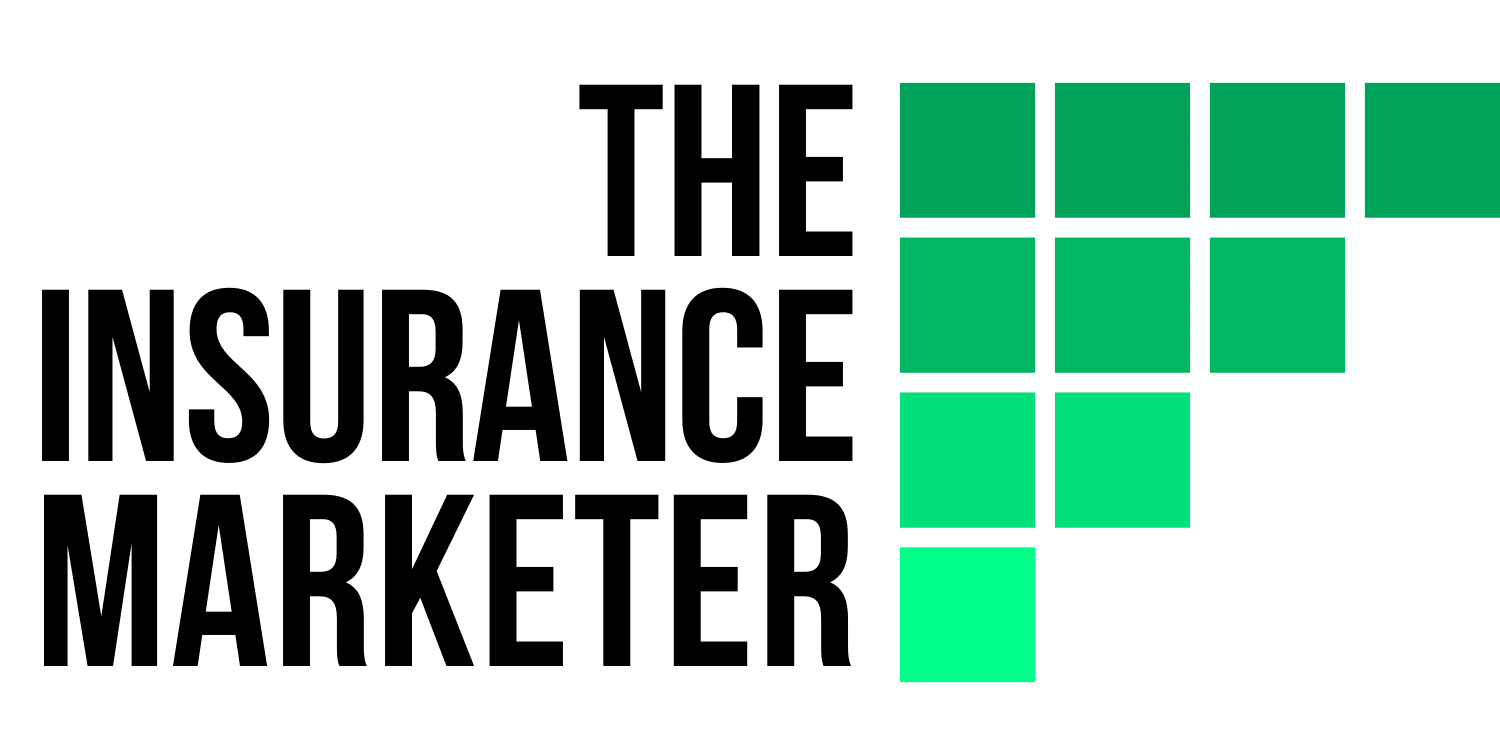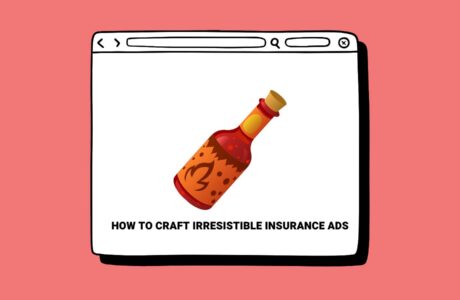As an insurance agent, you know how important it is to generate leads and convert them into paying customers. However, with so many options available, it can be challenging to know where to start. That’s where lead magnets come in.
Lead magnets are valuable resources that you offer in exchange for contact information from potential customers. In this guide, we will walk you through the process of creating insurance lead magnets that convert. By following these steps, you can attract qualified leads and turn them into loyal customers.
What is a Lead Magnet?
Before we dive into the steps for creating effective lead magnets, let’s define what a lead magnet is. A lead magnet is a valuable resource that you offer to potential customers in exchange for their contact information. This resource can be anything from an ebook or whitepaper to a free consultation or trial.
Why Are Lead Magnets Important for Insurance Agents?
Lead magnets are an effective way for insurance agents to generate leads and build their customer base. Here are some reasons why lead magnets are important for insurance marketing:
- Lead magnets allow you to offer value to potential customers and establish yourself as an authority in your industry.
- By providing a valuable resource, you can attract qualified leads who are genuinely interested in your services.
- Lead magnets allow you to collect contact information from potential customers, which you can use to follow up and nurture the relationship.
How to Create Effective Insurance Lead Magnets
Step 1: Define Your Target Audience
The first step in creating an effective lead magnet is to define your target audience. Who are you trying to attract with your lead magnet? What are their pain points and challenges? By understanding your target audience, you can create a lead magnet that resonates with them and addresses their specific needs.
Tips for Defining Your Target Audience
- Conduct market research to understand your audience’s demographics, interests, and behaviors.
- Look at your existing customer base and identify common characteristics among them.
- Use social media listening tools to monitor conversations related to your industry and identify trends and pain points.
Step 2: Choose a Format for Your Lead Magnet
Once you have defined your target audience, it’s time to choose a format for your lead magnet. There are several different formats to choose from, including:
- Ebooks
- Whitepapers
- Checklists
- Templates
- Webinars
- Videos
When choosing a format, consider your audience’s preferences and the type of information you want to convey. For example, if you want to provide a comprehensive guide to a particular insurance product, an ebook or whitepaper might be the best format. If you want to provide a quick and easy resource, a checklist or template might be a better option.
Step 3: Create Compelling Content
The content of your lead magnet is essential to its success. It should be informative, engaging, and provide value to your audience. Here are some tips for creating compelling content:
- Address your audience’s pain points and challenges.
- Provide practical solutions and actionable advice.
- Use clear and concise language.
- Include visuals to break up the text and make the content more engaging.
Step 4: Design Your Lead Magnet
The design of your lead magnet is also crucial. It should be visually appealing and easy to read. Here are some design tips:
- Use high-quality images and graphics.
- Choose a color scheme that matches your brand.
- Use fonts that are easy to read and consistent with your brand guidelines.
- Use formatting techniques such as bullet points, headers, and subheaders to make the content more scannable.
Step 5: Promote Your Lead Magnet
Once you have created your lead magnet, it’s time to promote it. Here are some ways to promote your lead magnet and generate leads:
- Share it on your website and blog.
- Use social media platforms to promote your lead magnet and reach a wider audience.
- Use paid advertising to reach your target audience.
- Include a call-to-action (CTA) in your email signature, social media profiles, and other marketing materials.
Step 6: Follow Up and Nurture Relationships
Collecting contact information from potential customers is just the beginning. To convert leads into paying customers, you need to follow up and nurture the relationship. Here are some tips for following up and nurturing relationships:
- Send a personalized thank-you email to new leads.
- Provide additional resources and information related to the lead magnet.
- Offer a free consultation or trial of your services.
- Stay in touch through regular email newsletters or social media updates.
FAQs
What should I include in my lead magnet?
Your lead magnet should provide value to your audience and address their pain points and challenges. It should be informative, engaging, and provide practical solutions and actionable advice. Consider the format that works best for your audience and the type of information you want to convey.
How do I promote my lead magnet?
Promote your lead magnet through your website, blog, and social media platforms. Use paid advertising to reach your target audience and include a call-to-action in your marketing materials.
How do I follow up with leads?
Send a personalized thank-you email to new leads and provide additional resources and information related to the lead magnet. Offer a free consultation or trial of your services and stay in touch through regular email newsletters or social media updates.
Conclusion
Creating effective insurance lead magnets is an essential part of generating leads and building your customer base. By following these steps, you can create lead magnets that resonate with your audience and convert them into loyal customers. Remember to define your target audience, choose a format, create compelling content, design your lead magnet, promote it, and follow up and nurture relationships. With these tips, you can attract qualified leads and grow your insurance business.




